Estimated reading time: 7 minutes
You are on a cross country skiing or snowshoeing adventure with friends. Your family is seeking a fresh-cut Christmas tree from the forest. You want to escape the lights of the city to gaze at the wonders of the winter sky. You get turned around on a cold-weather hike in the woods.
Each of these scenarios involves enjoying time in nature during the winter. Each of them can also turn deadly if you are not prepared for harsh weather. Each year more than 1,330 Americans die of cold exposure. According to a 2018 report published by publichealthreport.org, the real number is likely to be larger since cold-related deaths are often underreported.
Some of these deaths happen in urban areas due to unheated homes or over-exertion, but others occur when people become stranded outside in a winter storm. Cold temperatures can cause hypothermia and frostbite, and they can worsen existing health conditions such as respiratory and heart illnesses.
What can you do to survive if you are stuck outside in a winter storm? First, we will look at precautions you should take, then we will offer tips for surviving outside in a winter storm.
Want to save this post for later? Click Here to Pin It On Pinterest!
Prepare Before Heading Out
Check The Weather
Although some winter storms can emerge with little to no warning, meteorologists often issue blizzard warnings many hours or, in some cases, days in advance. Always check the latest weather forecast before venturing outside in the winter. Listen to broadcasts from your local weather channel and consult the NOAA-NWS website for backcountry forecasts.
The National Weather Service issues three levels of severe winter weather notices. A Winter Storm Advisory means light amounts of precipitation or blowing snow are likely to cause slippery conditions. A Winter Storm Watch means a storm could produce heavy snow, sleet, or freezing rain.
The most dangerous level is the Winter Storm Warning. It indicates that four or more inches of snow are expected within the next 12 hours or six or more inches of snow within the next 24 hours with wind gusts of up to 35 miles per hour. These conditions can make driving, hiking or walking outside dangerous.

Check Local Road and Trail Conditions
Another precaution is to check current local road and trail conditions, which can change regularly in mountainous areas no matter what the weather. Bridges can wash out, and old logging roads may have fallen into disrepair. Avoid areas that are prone to avalanche and familiarize yourself with the terrain as much as possible in advance.
Don't Go It Alone
We all crave solitude sometimes, but a winter hike is not the best time to be on your own. If bad weather or some other weather-related emergency strikes, two heads are better than one.
A related precaution is to let others know where you are going. Leave details about when you are leaving, where you are going, and when you expect to return with a trusted friend or family member.
Dress Appropriately
Dress in loosely fitting, warm inner layers that are made of natural fibers covered by a waterproof outer layer. Your body loses the most heat through your head, so be sure to wear a warm hat that covers your ears.
Your extremities are most susceptible to frostbite, so do not neglect your fingers and toes. Warm socks and gloves (mittens are even better) are a must in the cold weather.
Take The Essentials With You
Leave home with a fully-charged cellphone and a back-up battery charger. Here are other times to include in your backpack.
- Water and non-perishable food items
- First-aid supplies
- Flashlight and extra batteries
- Waterproof matches and lighter
- Knife and multi-tool
- Two compact tarps
- Signaling equipment (whistle, flare, mirror)
- Packable reflective blanket
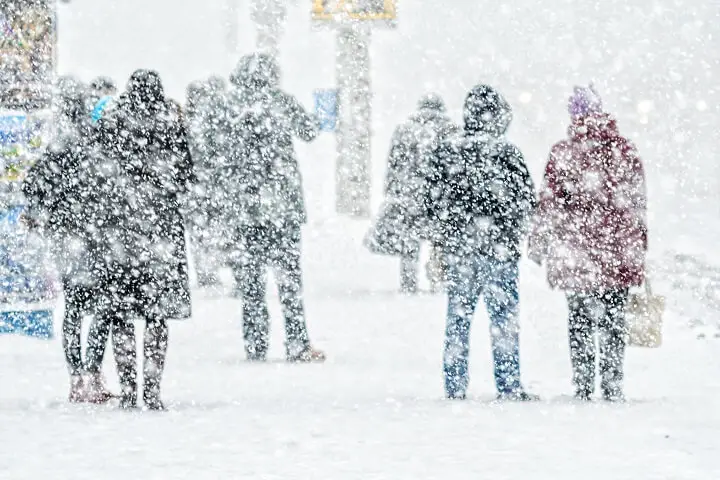
What If You're Stranded In A Winter Storm?
Sometimes you can take all thee precautions and still find yourself in a dangerous situation in the winter. Here are some life-saving steps to take.
Find Shelter
First, try to remain as calm as possible. Running and even walking in deep snow can wear out the body quickly, causing a greater chance of chills or hypothermia. Make the best use of remaining daylight hours to search for a nearby shelter. If a structure is not available, look for an area—such as a group of trees, a ridge or a large rock—that can offer a natural break from the wind and snow.
Another option is to create a make-shift lean-to by running a rope between two trees and covering the rope with your tarp and branches. Avoid sitting or lying down on the cold snow. Gather branches and pine needles to insulate the floor of your temporary shelter. You also could build an emergency snow shelter. Here’s how.
Cover Up
Cover any areas of exposed skin as much as you can. Skin that is in danger of frostbite can at first appear very pale or red. It also can look hard or even waxy. If your fingers are feeling prickly or numb, place them under your armpits.
Start a Fire
Use your lighter or matches to start a fire. Use shredded tree bark, moss, and sticks as tinder and create a fire pit by surrounding the fire with a circle of large stones if you can. The stones will help absorb and reflect the heat.
Stay Hydrated
Avoid eating snow, however, as its cold can lower your body temperature. A better idea is to melt the snow for water.
Get Dry
Remove wet clothing as much as possible and dry items by the fire. Remaining in cold, damp garments can hasten hypothermia. Symptoms of hypothermia can include violent shivering, drowsiness, loss of coordination, slurred speech, and mental fogginess.
Also, high-tech waterproof clothing does not breathe and may cause your body to sweat and over-exert itself, which can lead to hypothermia. Remove these items when you are in the shelter and rely as much as possible on natural fabrics.
Keep Moving
When we are cold, we tend to huddle up to stay warm. This idea makes good sense, but maintaining proper blood circulation also helps warm the body.
At regular intervals, vigorously move your arms, legs, fingers, and toes to keep blood circulating and to warm your extremities. Avoid overdoing it, however. Remember that sweating can lead to chills and hypothermia.
Signal for Help
If you are out of cellphone range, you can call for help by spelling out a huge “SOS” or “HELP” with rocks or pieces of bright clothing.
Aerial rescuers spotted a woman who was stranded in Sequoia National Park in California after she spelled “SOS” with rocks in a forest clearing in late October 2019. The woman had spent three nights in the southern Sierra Nevada wilderness, and rescuers attribute the rock formation she made to her being alive today.
Just as with other crises, planning ahead for worst-case scenarios is a key to surviving a winter storm if you are stranded outside.
Like this post? Don't Forget to Pin It On Pinterest!



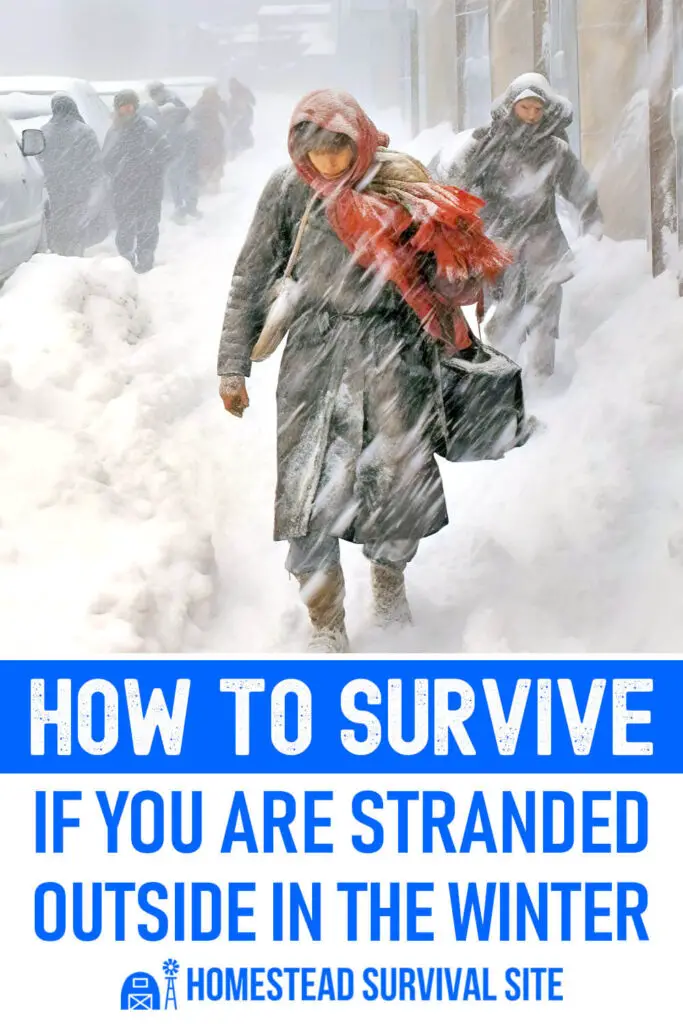

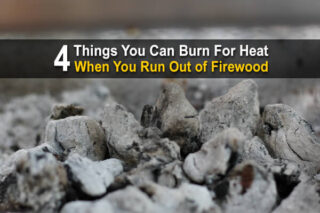
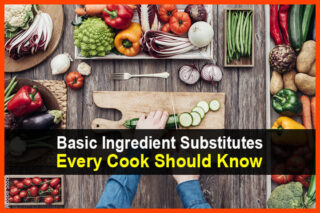


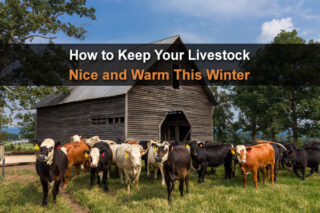
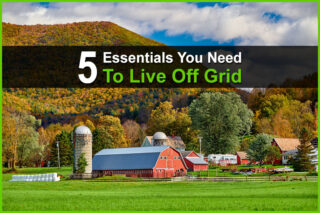


Love this post! I’m just a low mileage hiker now, but this is a wonderful reminder to be prepared, even on familiar turf. I suggest that cotton layers in the winter might wick moisture (rain, sweat, etc…) and cause hypothermia since one might not realize how damp underlayers actually are until the waterproof layer is removed. There are tech fabrics that might stay dry, but wool and wool-blends should work, too. Also, carrying a bit of dry tender and multiple types of fire starters in a zipped bag is a lightweight “Plan B” for fire. Thank you for this timely reminder for my winter excursions!
Great short article.
Two comments:
1. Ever heard that cotton kills? Cotton keeps moisture near your body. It doesn’t wick moisture away in cold weather. Instead, wear wool as you base layer (including socks, hat and gloves). Wool will keep you warm even if damp.
2. The cold will shorten your battery charge life. Keep your cell phone and battery backup in a ziplock bag or other waterproof bag in your clothing pockets not in your backpack. Happy winter hiking.